In today's era of pursuing beauty and individuality, cosmetics have become an indispensable part of people's daily lives. And the packaging of cosmetics, as the "second face" of the product, not only bears the heavy responsibility of protecting the product and extending its shelf life, but also serves as an important bridge between brand philosophy and consumer emotions. Among the myriad of packaging materials, plastic bottles have become the mainstream choice for cosmetic packaging due to their low cost, ease of processing, diverse shapes, and high transparency. However, faced with the dazzling array of cosmetic plastic packaging materials on the market, making a wise choice is a subject worthy of in-depth exploration.
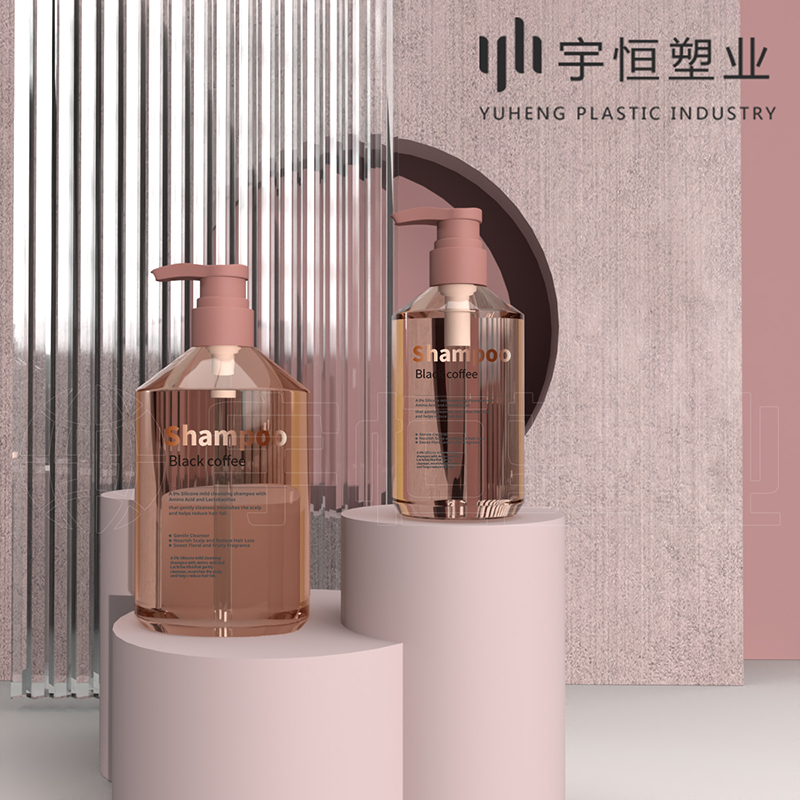
1. Material Safety: The Primary Principle
Cosmetics come into direct contact with human skin, so the safety of their packaging materials is crucial. High-quality cosmetic plastic bottles should be made of materials that comply with international safety standards, such as PET (Polyethylene Terephthalate), PP (Polypropylene), PE (Polyethylene), etc., which are non-toxic, odorless, and free of heavy metals and harmful additives. These materials are not only harmless to the human body but also effectively block external pollution, maintaining the purity and freshness of cosmetics.
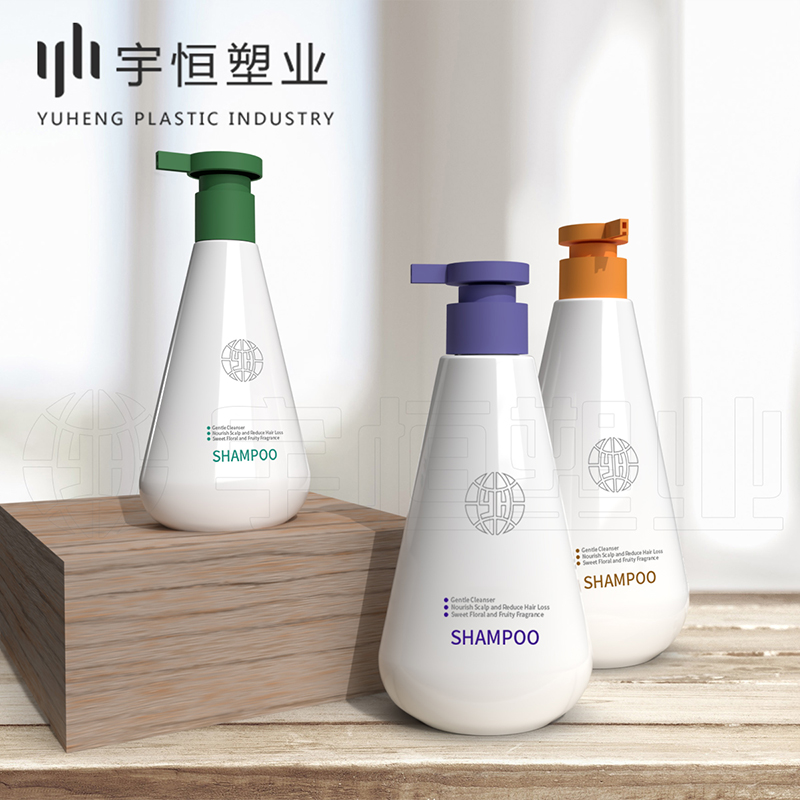
2. Barrier Properties: Not to Be Neglected
The active ingredients in cosmetics are susceptible to deterioration due to factors such as light, heat, and oxygen. Therefore, choosing plastic bottles with good barrier properties is crucial. For example, multilayer composite bottles containing an EVOH (Ethylene Vinyl Alcohol Copolymer) layer can effectively block oxygen and moisture, extending the product's shelf life. Bottles with added UV absorbers can effectively prevent light damage to cosmetics.
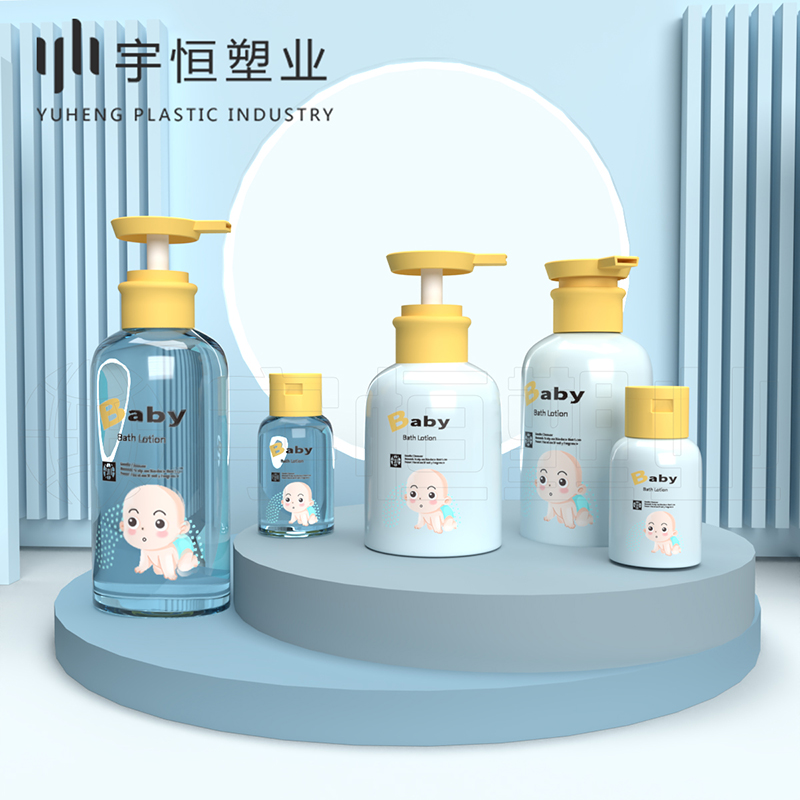
3. Aesthetic Design: Highlighting the Brand
The design of cosmetic plastic bottles should not only meet functional requirements but also align with brand tone and attract the target consumer group. From color matching, shape design, to surface treatment (such as matte, glossy, gold stamping, etc.), every detail should be carefully considered to showcase the product's unique charm and brand value. At the same time, considering eco-friendly and sustainable design, such as using recyclable materials or designing easily disassemblable packaging structures, is also an important aspect of enhancing brand image.
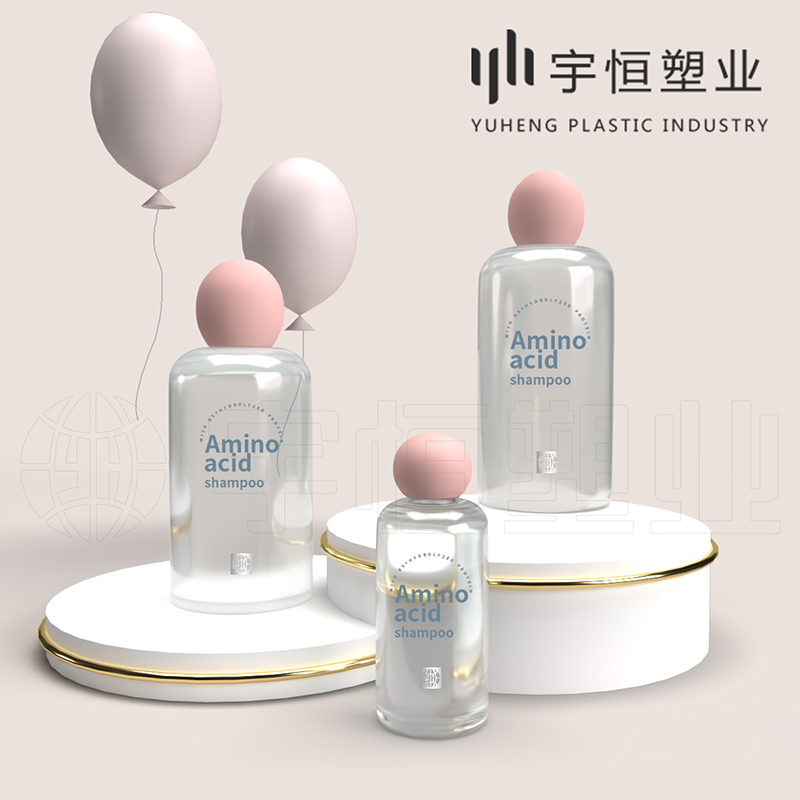
4. User Experience: Details Determine Success or Failure
Good user experience is the key to successful cosmetic packaging. The opening size of plastic bottles, the smoothness of cap opening and closing, anti-slip design, and portable size and weight are all important factors that affect consumers' usage experience. Additionally, considering different consumers' usage habits, providing diverse dispensing methods such as pump heads and droppers is also an effective means of enhancing user experience.
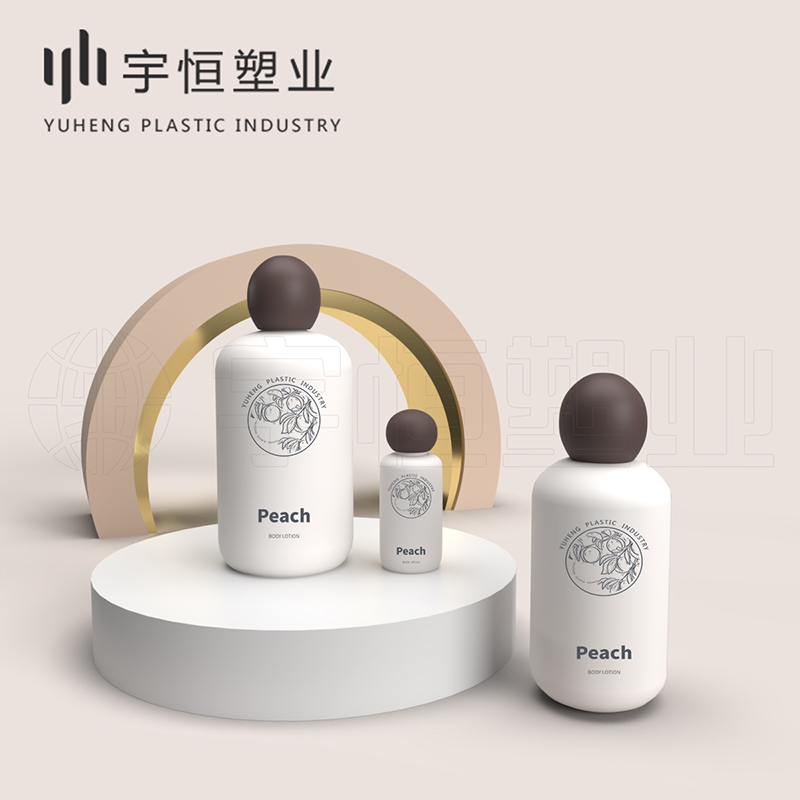
5. Cost-Effectiveness: Rational Consideration
Under the premise of ensuring quality and safety, cost control is a crucial aspect for enterprises. By optimizing production processes, adopting efficient molds, and reasonably controlling raw material procurement volumes, effective cost control can be achieved while ensuring product quality. At the same time, flexibly adjusting packaging specifications and designs according to product positioning and market demand can achieve the best cost-benefit ratio.
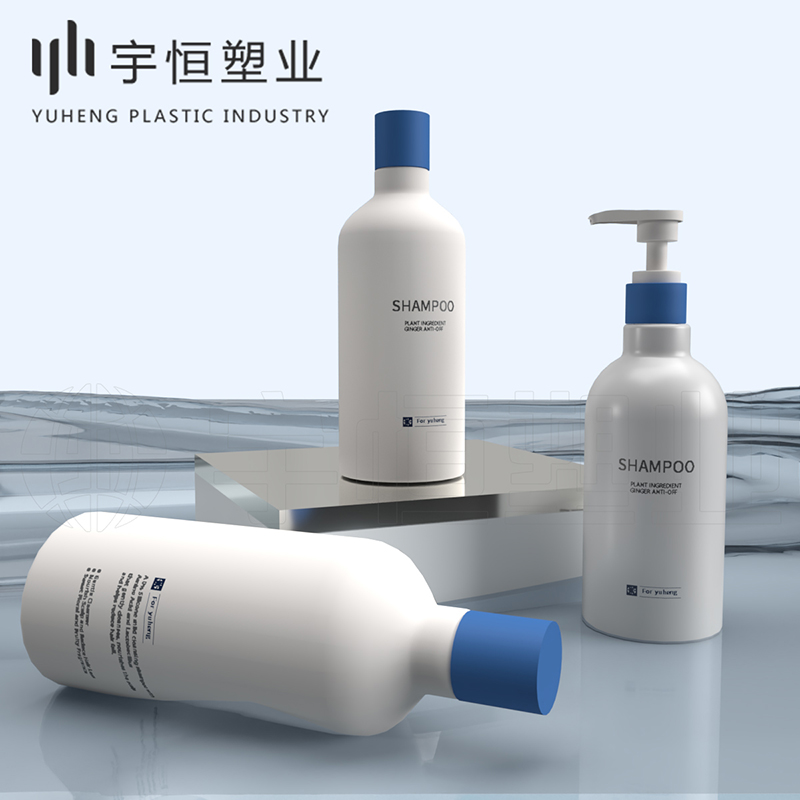
In summary, selecting cosmetic plastic packaging materials is a complex decision involving multiple factors. As manufacturers of cosmetic plastic bottles, we are deeply aware of the importance of this choice. Therefore, we have always been committed to providing safe, eco-friendly, aesthetically pleasing, and practical packaging solutions to help brands win consumers' trust and love. In future development, we will continue to explore innovation and promote the sustainable development of the cosmetic packaging industry.




